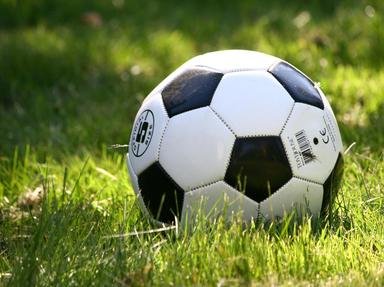
Getting One Over - Football's Local Rivalries 4 Quiz
There are many local rivalries in world football. Can you match these pairs of local rivals by their nicknames (or the English translations of their nicknames) with the city that they are from?
A matching quiz
by Red_John.
Estimated time: 4 mins.
- Home
- »
- Quizzes
- »
- Sports Trivia
- »
- Soccer
- »
- Worldwide Football